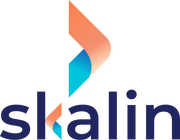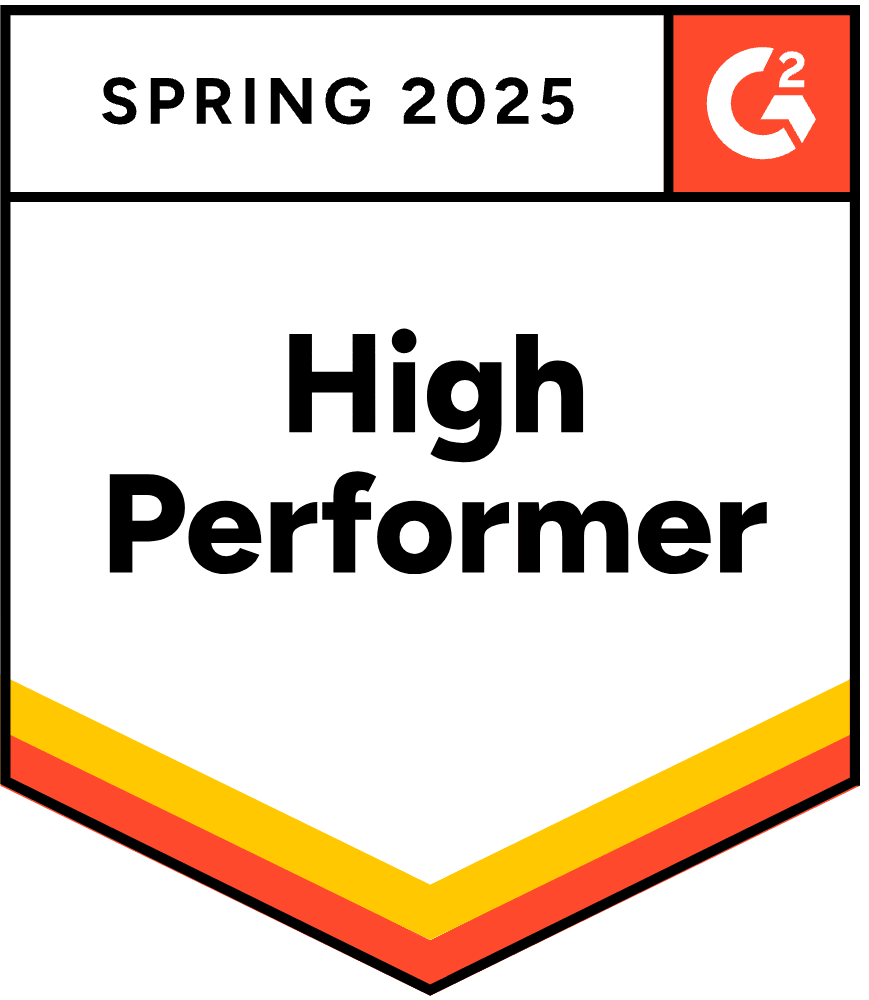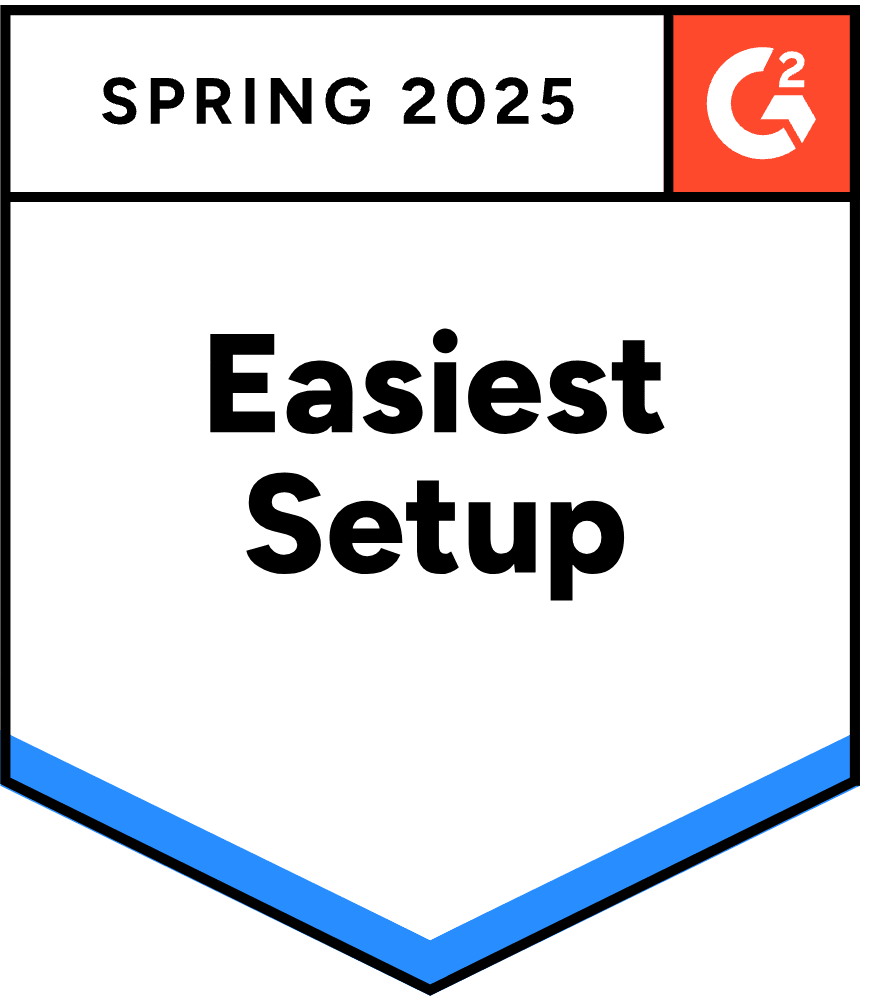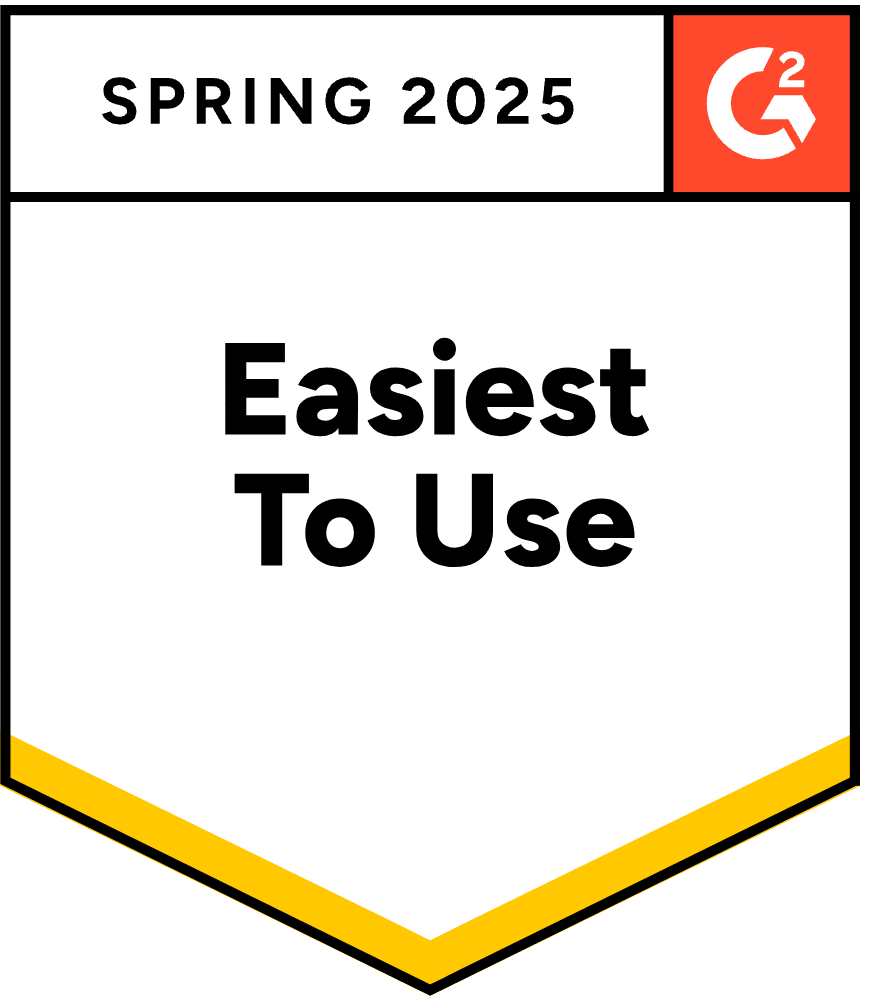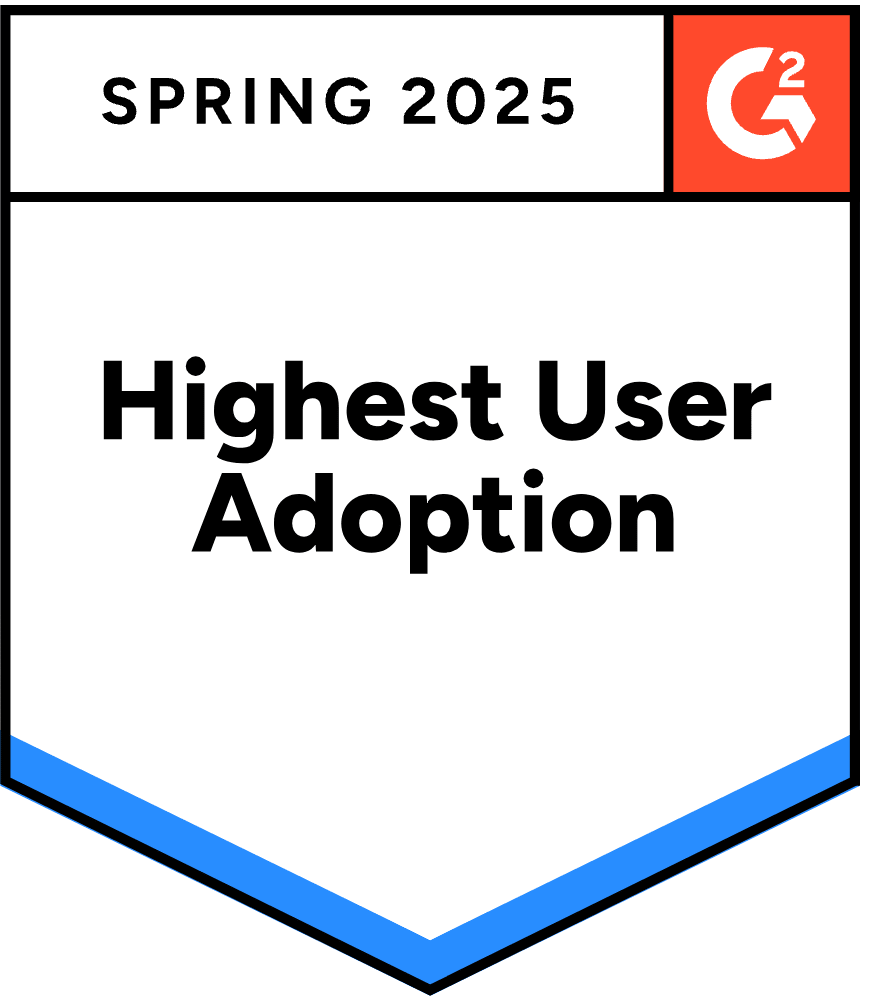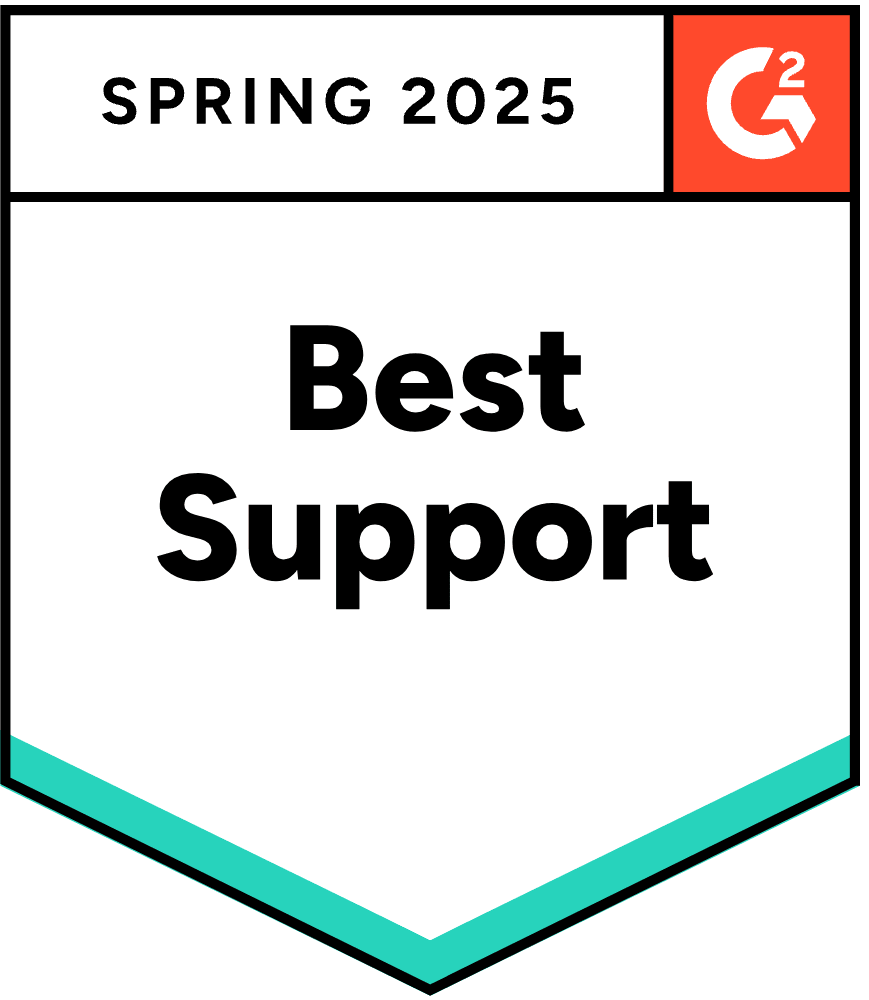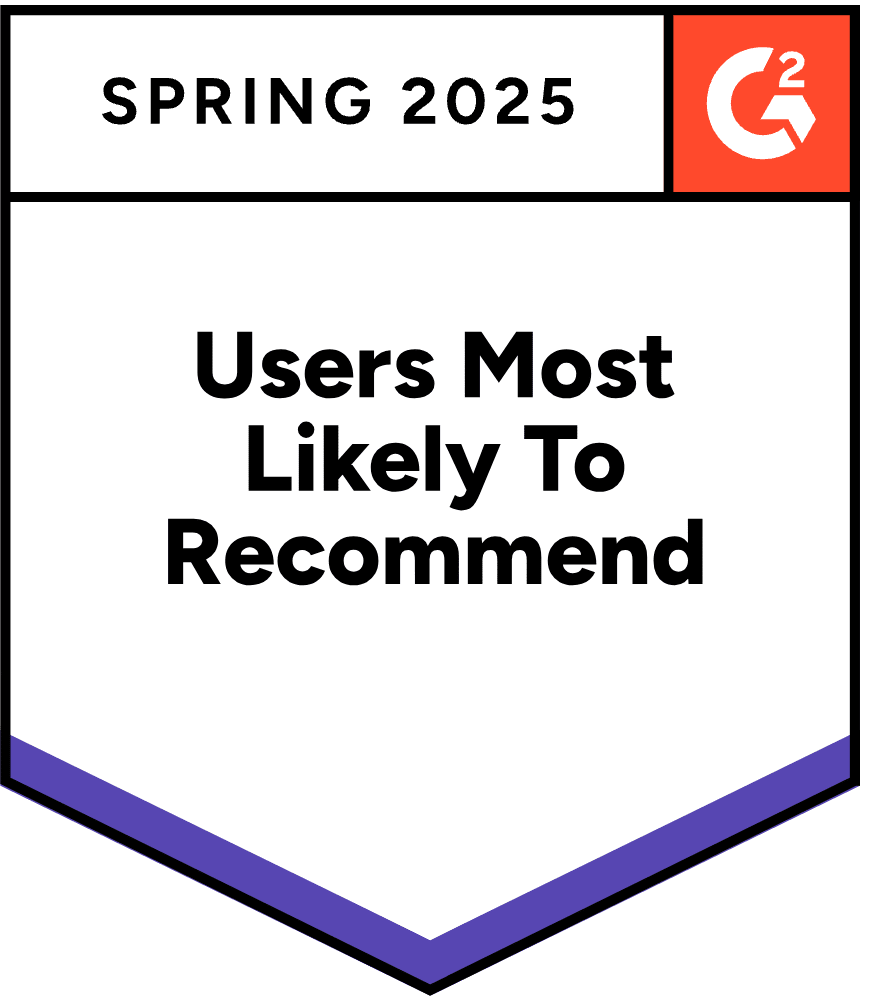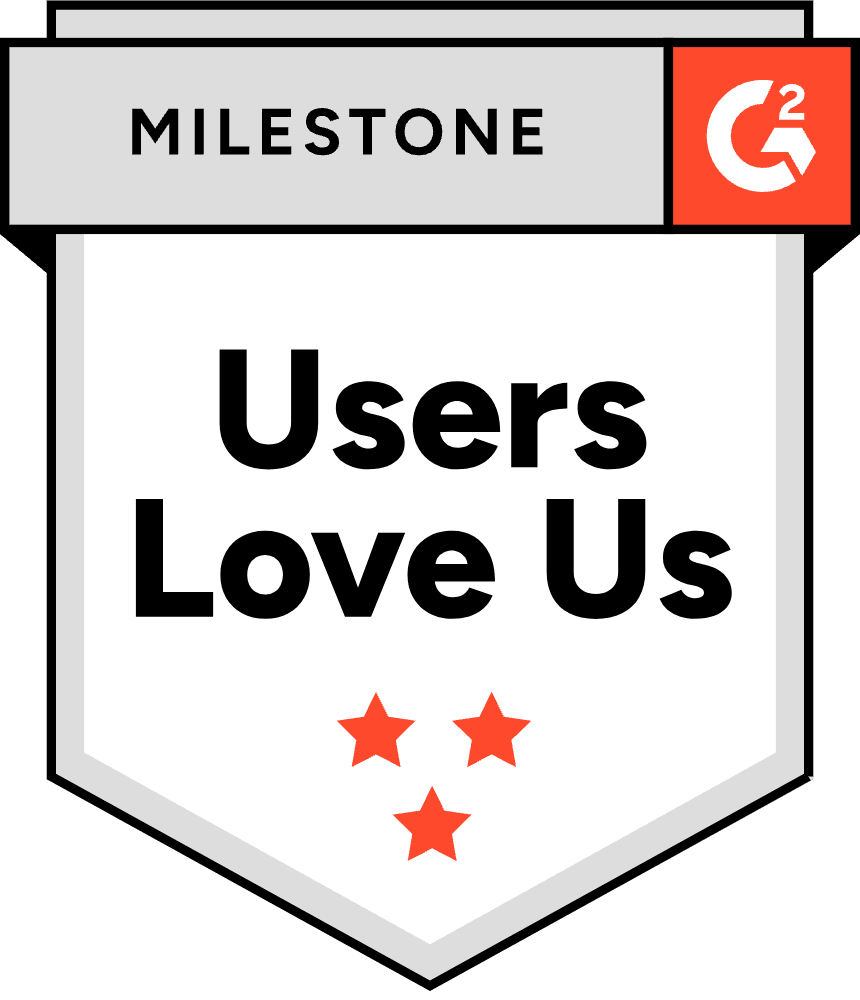When choosing a Customer Success Platform, it's often a long-term commitment. So it's crucial to make the right choice! If Planhat has piqued your interest, this comparison will help you determine whether Skalin is a viable alternative.
Skalin is an alternative to Planhat, designed specifically for SMBs (Small and Medium Businesses). In this article, we outline the strengths and weaknesses of each platform to help you make an informed decision based on your specific needs.
Presentation of Planhat
Planhat was founded in Sweden in 2015 by two co-founders with backgrounds in Customer Success. The original vision remains unchanged: to create a single tool that gathers all customer signals, engages customers at the right time, and measures the results of its actions.
Today, the company serves over 400 customers, primarily in Europe, and has accelerated its international expansion following a $50 million funding round in 2022. Planhat employs around 140 people, mainly based in Sweden and the US.
Presentation of Planhat interface. - Source G2.com
Skalin, the AI-powered alternative to Planhat
While Planhat aims for a more 'Enterprise' positioning and seeks to compete with Gainsight in this space, Skalin has chosen to focus on the SMB (Small and Medium Business) market, targeting B2B SaaS solutions for companies with 25 to 250 employees. This necessitates a distinct set of features and a different approach.
Skalin vs. Planhat: different positioning
Enterprise customers (SaaS companies with several hundred employees) require powerful, highly customizable tools, and Planhat is perfectly suited to meet their needs. For instance, Planhat is ideal for managing multiple products with complex pricing structures, configuring tools based on user profiles, and generating ad-hoc reports.
These major accounts also have the resources to support their ambitions. Most large publishers have in-house data and operations teams to manage, configure, and maintain tools such as CRM or CS platforms. This setup is ideal for implementing a CSP like Planhat, which typically takes 3 to 6 months to deploy.
Presentation of the Skalin interface.
Skalin adopts a different approach, tailored for SaaS SMBs. The platform is quick to deploy and can be set up by the Customer Success team without the need for Ops/Data teams. Given that startups are often short on time, our mission is to enhance their efficiency swiftly! The Skalin platform is also easier to learn, enabling users to be operational in less than a month, including setup. However, the platform is more "packaged" and offers less customisation than its Swedish counterpart.
In summary, Planhat's strengths come with some drawbacks: it is a powerful and comprehensive tool that requires a significant setup time and a buildup of team expertise. Skalin, on the other hand, offers a more "turnkey" solution, better suited for startups, with a setup time of just a few weeks and a very quick learning curve. Ultimately, the choice depends on your needs!
Skalin, a very ‘AI’ DNA
Skalin and Planhat have two distinct approaches to health scoring:
- Planhat follows a traditional approach, allowing businesses to define all the rules by which customers gain or lose points. Users set the conditions under which a customer is considered in ‘good’ or ‘bad’ health. These rules might be something like: "if at least N users use feature X within Y days following [step A] AND [new condition], THEN...". This method works for companies that have statistically analysed their churn and are confident in their findings.
- At Skalin, we believe most SaaS SMBs may not fully understand what makes a customer good or bad. Businesses might have preconceived notions that are not always data-driven (for instance, studies show that a poor NPS score does not impact churn, yet it is often included in health scores). Therefore, Skalin employs an AI-based health score that analyzes user behavior in real-time to automatically identify at-risk customers. Additionally, businesses can still add their own rules if desired.
What are the features of Planhat vs. Skalin ?
In terms of functionality, both platforms offer all the features expected from a Customer Success Platform: a 360° customer view, health scoring, alerts, playbooks, automated emailing, task management, and more.
- Planhat excels in customisation, allowing users to create bespoke reports, while Skalin provides turnkey reports. Additionally, Planhat enables sharing a collaborative workspace with the end customer, a feature Skalin plans to release in Q1 2025.
- Skalin stands out for its native AI functionalities, particularly in health scoring, sentiment analysis, and the integration of generative AI functions (for more on this, see "5 Use Cases for ChatGPT in Customer Success").
Main functions | Skalin | Planhat |
360° Customer View | ✅ | ✅ |
Health Score | AI-based (+ business rules) | Business Rules Only |
Sentiment analysis | ✅ | ❌ |
Task management | ✅ | ✅ |
Generative AI functions | ✅ | ❌ |
Alerts | ✅ | ✅ |
Playbooks | ✅ | ✅ |
Custom fields | ✅ | ✅ |
Customer Portal | Scheduled for delivery Q1 2025 | ✅ |
Analytics | Skalin | Planhat |
Renewals | ✅ | ✅ |
MRR | ✅ | ✅ |
Product Adoption | ✅ | ✅ |
Team Performance | ✅ | ✅ |
Customer profitability | ✅ | ❌ |
Reports 100% Custom | ❌ | ✅ |
In terms of integrations, both platforms interface with a wide range of tools (see Skalin and Planhat integrations). Notably, Planhat does not currently integrate with invoicing tools such as Stripe or Chargebee, unlike Skalin.
Integrations | Skalin | Planhat |
CRM (Hubspot, Salesforce, Pipedrive…) | ✅ | ✅ |
Workspace (Gmail, MS365, Slack…) | ✅ | ✅ |
Usage Data (JS, SST, Segment, Pendo…) | ✅ | ✅ |
Ticketing (Zendesk, Intercom…) | ✅ | ✅ |
Billing (Stripe, Chargebee…) | ✅ | ❌ |
API | ✅ | ✅ |
Zapier | ✅ | ❌ |
Customer Reviews Planhat vs. Skalin
Customer feedback is generally positive for both platforms. Skalin, with an average score of 4.91 out of 5, ranks first on Capterra/G2, while Planhat, with a score of 4.6 out of 5, ranks sixth.
Here are the main criticisms of Planhat on G2:
- Length of setup: Several users mentioned they were unprepared for the lengthy setup process and had not allocated sufficient internal resources.
- Learning curve: Due to the tool's powerful capabilities, users need to invest time in developing the necessary skills before it becomes fully operational.
- Complexity of automation: Implementing automation can be complex and may require support intervention.
How much does Planhat vs. Skalin cost ?
Planhat's prices are not publicly disclosed, but experience indicates that Planhat is typically 2 to 3 times more expensive than Skalin for comparable scopes. Skalin is strategically priced to provide SaaS SMBs with access to a Customer Success tool that is both simple and powerful.
Regarding its business model, Planhat offers unlimited licenses but factors in the volume of customers and total MRR to determine its pricing. Be sure to consider this in your projections!
Why is Skalin a great alternative to Planhat ?
Skalin and Planhat offer a comprehensive range of features to enhance the effectiveness of your Customer Success teams.
Here are a few reasons to choose Skalin:
- Speed of integration and ease of use: Skalin can be set up in just a few hours, allowing you to be fully operational within a month.
- Artificial Intelligence functions: Skalin leverages the latest technologies to simplify the work of Customer Success teams and support them in their daily tasks.
- Price: With Skalin, all functionalities are accessible from the Scale plan, and the number of customers or your MRR does not affect the price you pay now or in the future.
📌 If you'd like to see Skalin in action and its benefits for your CS team, don't hesitate to book a personalised demo!
